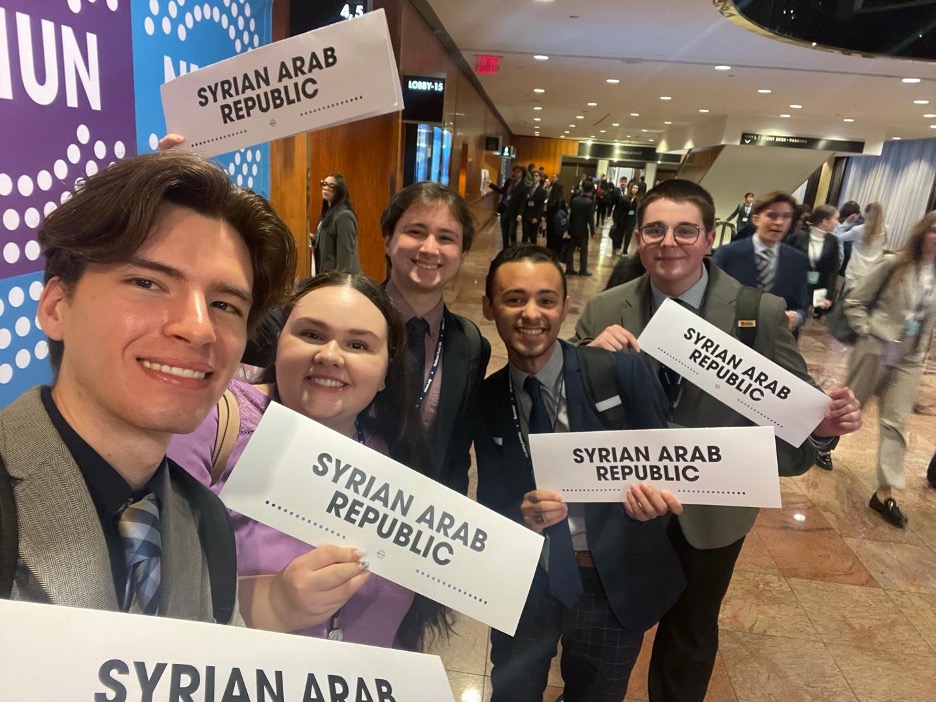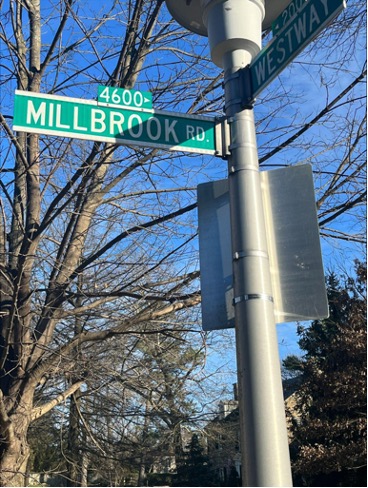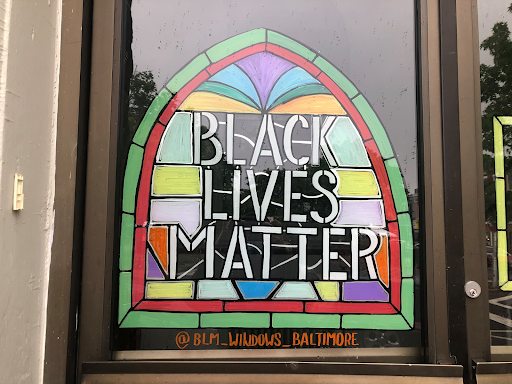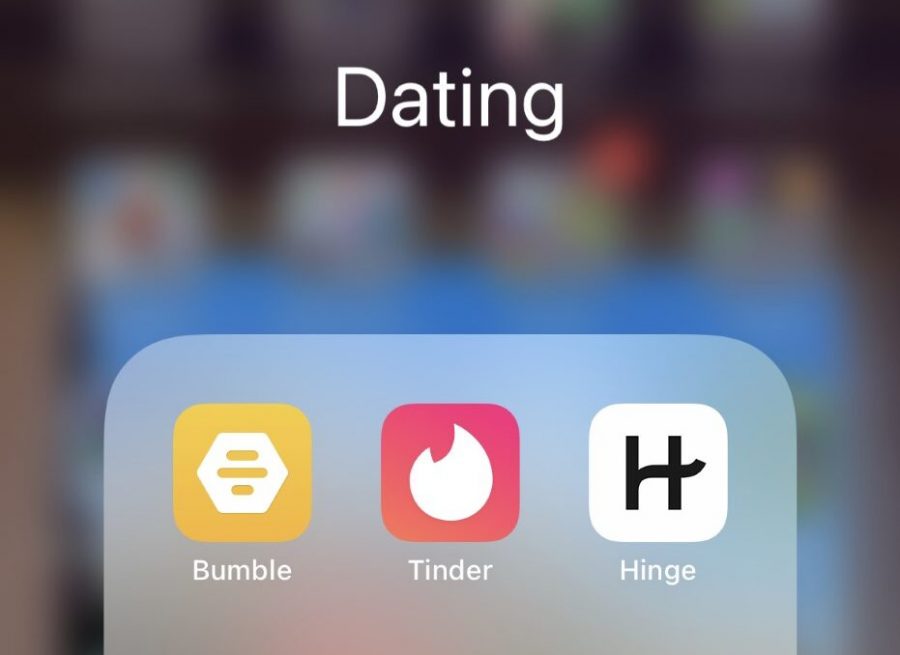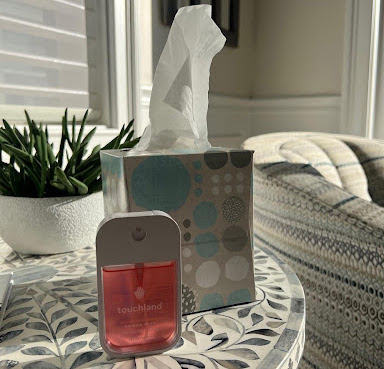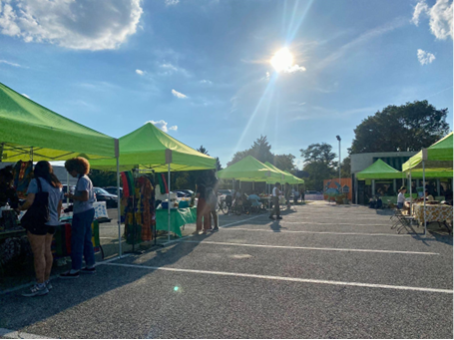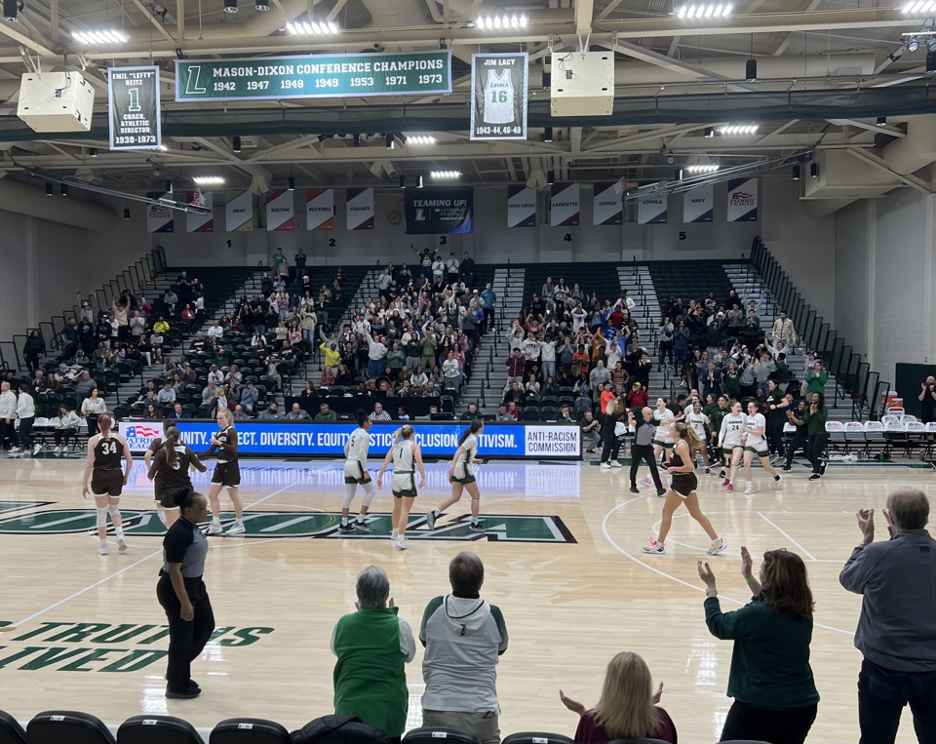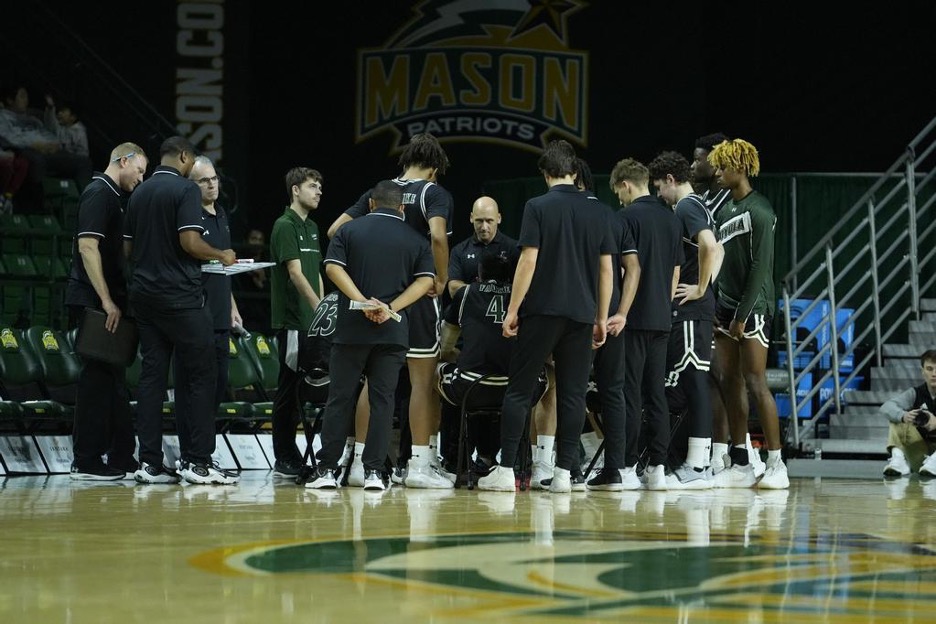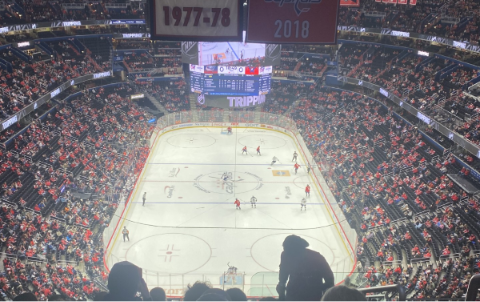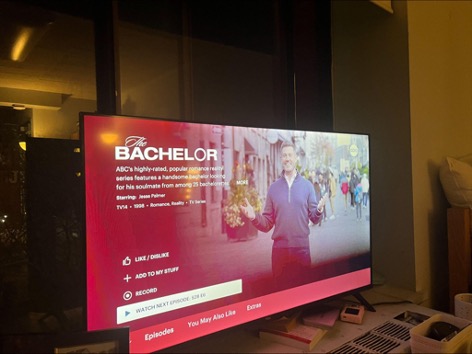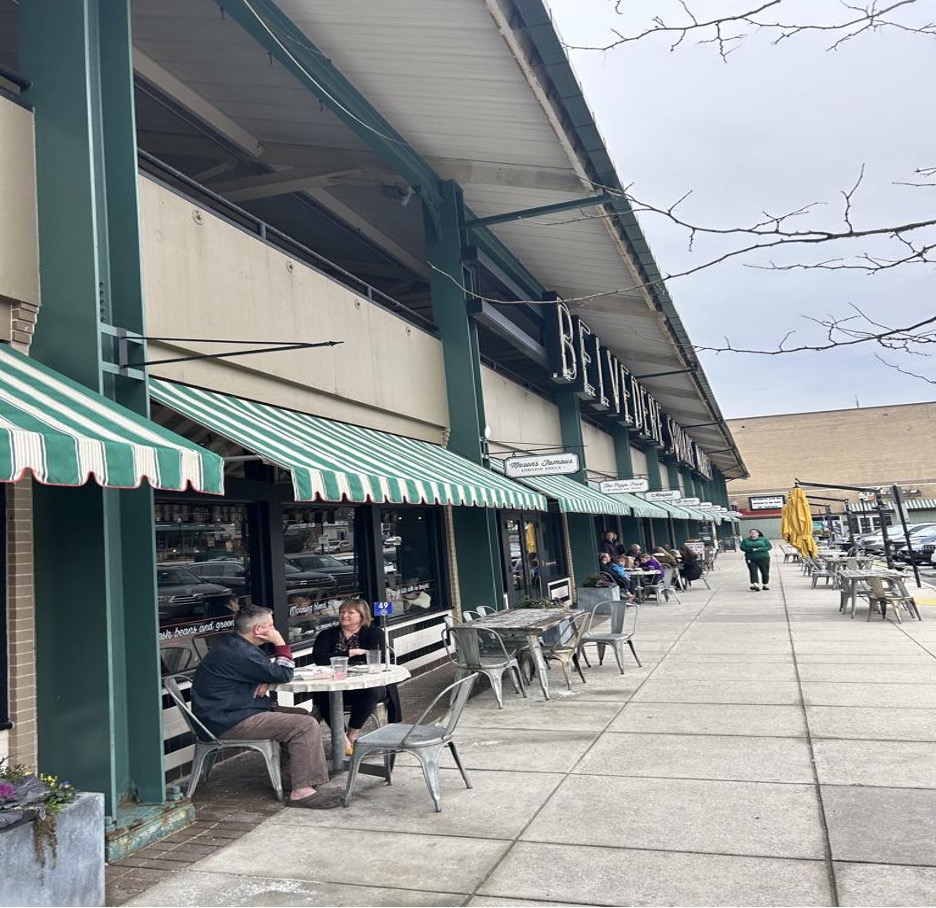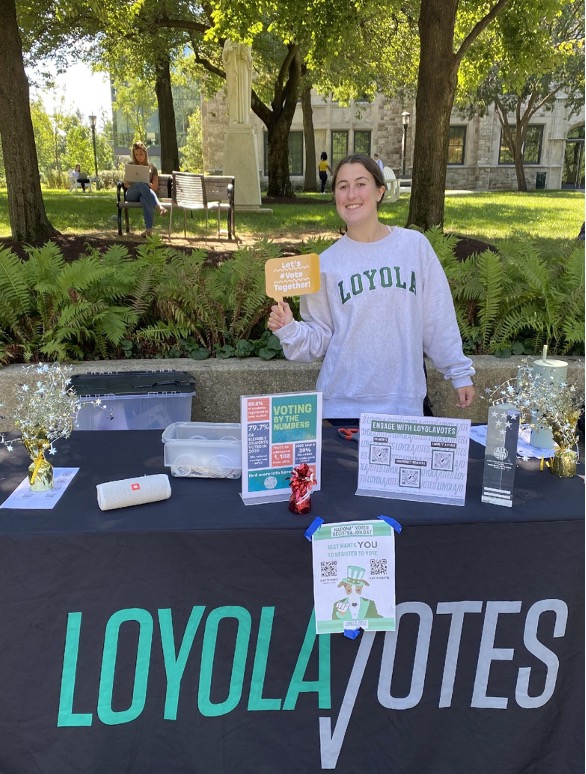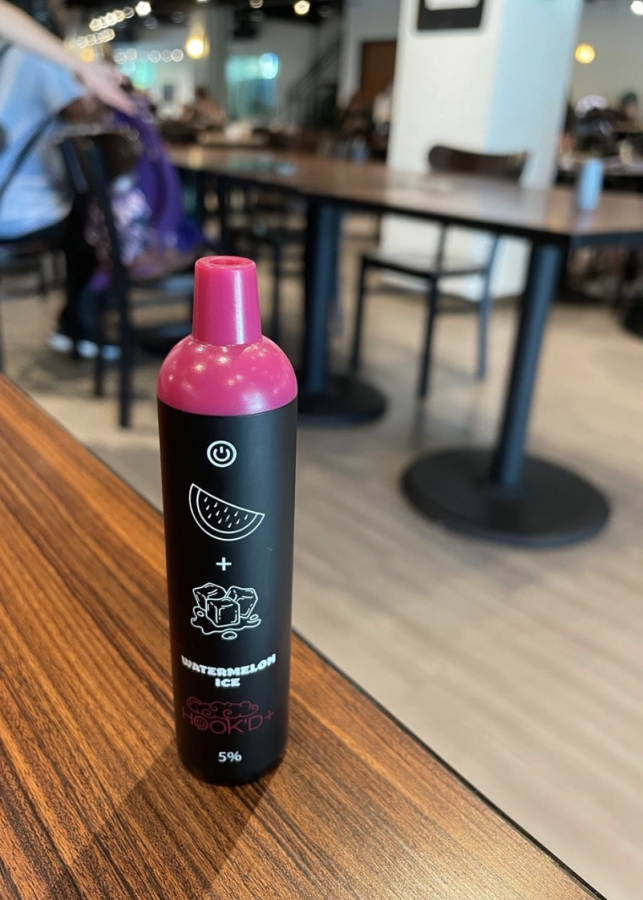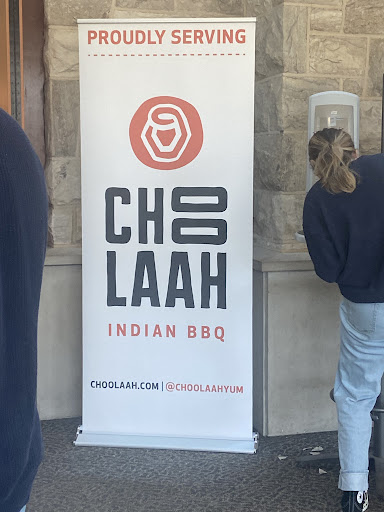The following represents the opinion of the student reporter and does not represent the views of Loyola University Maryland, the Greyhound, or Loyola University’s Department of Communication.
The Food and Drug Administration most recently made headlines in its battle with underage vaping by denying authorization for Juul to be sold. While this may seem to be a step toward reducing the shockingly high numbers of underage vape users, it is, in reality, a shallow victory that does not target the root of the problem.
Juul came under fire earlier this month when the Connecticut state attorney William Tong publicized that Juul would be forfeiting $438.5 million to compensate users tricked into nicotine addiction.
“JUUL’s cynically calculated advertising campaigns created a new generation of nicotine addicts. They relentlessly marketed vaping products to underage youth, manipulated their chemical composition to be palatable to inexperienced users, employed an inadequate age verification process, and misled consumers about the nicotine content and addictiveness of its products,” Tong said in a recent press release.
Underage vaping abuse among youth has been a concern since vapes made a mainstream introduction in the United States in 2006. This affinity of youth for vaping has allegedly been the result of companies marketing electronic cigarettes to children. According to Drugwatch.com author, Terry Turner, Juul created a teen vaping epidemic by introducing sweet and candy-like flavors as well as depicting adolescents in marketing materials. Over the summer, the FDA, to quell the growing concern of legislatures and parents alike, moved against the vape industry by revoking the authorization of some vape producers to sell in the United States. This revocation by the FDA only applied to vapes that were rechargeable and utilized a disposable pod system.
This exposes the main shortcoming of the FDA’s legislation. As the FDA regulation reduced Juul’s market share from 76.4% in 2019 to 35%, less regulated disposable vapes have replaced them as the ubiquitous vape of minors. These vapes are most commonly produced in China and have very limited oversight regarding the safety of ingredients. The companies producing them are involved in the illicit Grey Market, or in other words, use tactics such as arbitrarily changing names, relying on their cheap sales price, and operating outside of sanctioned distribution channels instead of brand recognition to attract customers. In addition, these vapes can still be imported with sweet flavors such as Blueberry Raspberry or Lush Ice, while companies such as Juul are forced to produce traditional cigarette flavors such as menthol or Virginia Tobacco.
Loyola’s own community has not been spared from these unregulated vapes. An anonymous student, who did not want her views to be public knowledge, disclosed how these vapes became prominent. She began vaping at the age of 14, using a Juul. Since the restriction of Juul flavors, she began using an unregulated brand of vape called a Keif. She described what made her switch, “The flavor is the biggest reason to use a disposable. They also last longer than Juul pods would…Money-wise it just makes the most sense.”
She also described the fear of the unknown health effects that these unregulated vapes could theoretically cause. She’s concerned that cheap vapes have been tied to both chronic lung issues and heart concerns.
A study published by Yale Medicine discovered that as a result of the new disposable vape loophole, 53% of teens report using disposable vapes. This is a significant contrast to the additional 29% of teens who report using refillable or Juul-style cartridge pods. This study supports the hypothesis that these vape bans have not been effective and have driven adolescents to less regulated and less safe alternatives.
Co-director of the Yale Tobacco Center for Regulatory Science, Suchitra Krishnan-Sarin, Ph.D., said, “I don’t think it is safe for children to use any of these products … We are still concerned about the effects of nicotine on the developing brain, and we are worried about all the metals in the flavored products and what they will do to developing lungs.”
Additionally, some of these flavored disposable alternatives have been found to contain Vitamin E Acetate, a chemical that has been tied to a vaping-related lung injury known as EVALI. EVALI was first diagnosed in 2019 and has claimed almost 70 lives and caused debilitating illness in thousands of cases.
The FDA has failed to adequately protect teenagers from the harm of vaping. Throughout the introduction of vapes, the FDA continually failed to intervene with the aggressive, unethical, and downright manipulative marketing tactics geared toward children. They continue to disappoint with their lack of effectiveness in creating legislation that does not solve the root of the problem.
The banning of Juul products has not reduced the number of smokers, it has just driven smokers to find more dangerous and less regulated outlets for their addiction. My anonymous source told me, “It’s sad that I just can’t quit. I wish it was that easy. It costs a lot of money and probably is hurting my health.”
Featured Image courtesy of Robert Handler
Robert Handler is a senior majoring in political science at Loyola University Maryland.


